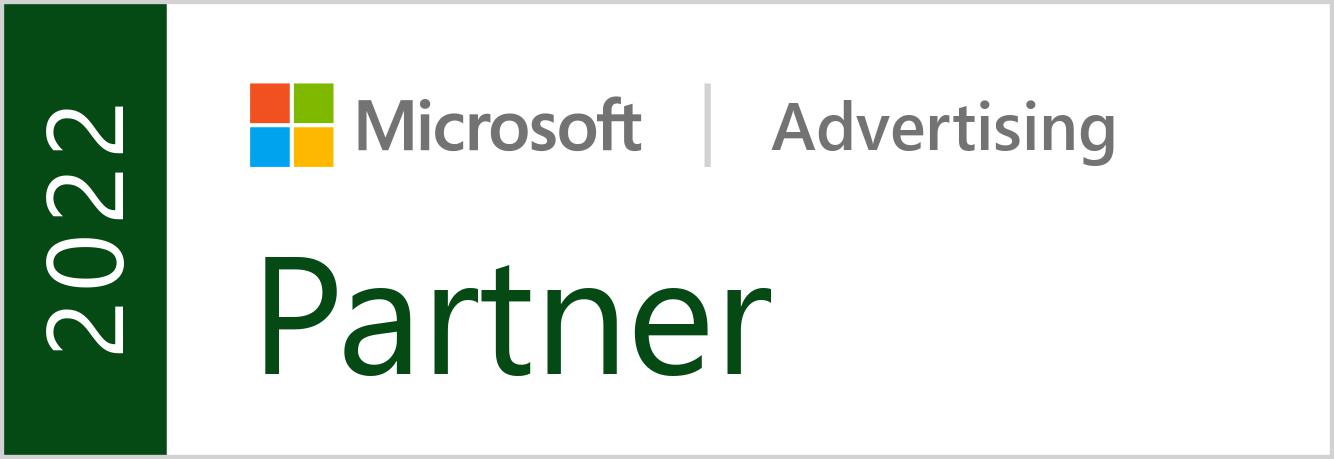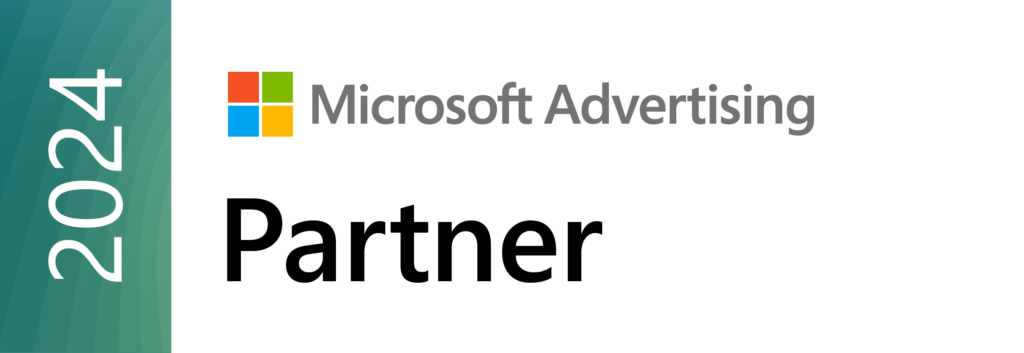COVID-19 may be the business disruption on everyone’s mind today. But business disruptions can and have occurred for many reasons, including cataclysmic weather events, terrorist actions, major economic setbacks/recessions and many more. When you think about the past couple of decades, events like these come along once every few years. Whatever the curve balls thrown at your business, there’s always one thing that can help you shake off disruption. And that’s a strong brand.
A powerful brand creates safety, giving customers a sense of consistency and security in times of uncertainty. A strong brand also creates loyalty, allowing businesses to pivot to new products and services when the circumstances warrant it. The best brands are able to do this simply because what their customers are buying is not the product, but the actual brand itself.
Nearly a century’s worth of brand momentum puts the ‘+’ in Disney+.
Since its origins in 1923, The Walt Disney Company has been building powerful emotional connections with multiple generations of consumers. In March 2018, Disney undertook a strategic reorganization and created a Direct-to-Consumer division in anticipation of integrating 21st Century Fox’s assets. One of the first new products to be announced by the division was the OTT streaming service Disney+.
Such was the level of anticipation for the new service, Disney+ was the top trending Google search term in 2019 in the US. The service launched on November 12, 2019 and by the end of the year had already achieved 26.5 million subscribers. By April, Disney+ had reached 50 million paid subscribers, and 60.5 million subscribers as of August 4, 2020 –– less than nine months after its launch. To understand the scale of this accomplishment, consider it took Netflix nearly 10 years to achieve 60 million subscribers.
On first glance you may think, of course, Disney+ would be this successful. But there are countless examples where businesses tried to make a similar jump with brand extensions and fell flat. Colgate Dinner Entrees, Cosmopolitan Yogurt and Harley Davidson After Shave are just a few memorable examples. The reason we believe Disney was able to do it so gracefully was due to their remarkable brand affinity.
Starbucks serves up outstanding experiences and OK coffee.
In 1989, author Ray Oldenburg coined the phrase ‘The Third Place’ in his influential book The Great Good Place. The notion of the third place — with home being the first place and work the second — was enthusiastically embraced by then Starbucks CEO Howard Schultz who made sure his fast growing coffee chain offered an attractive and comfortable environment in which to sit, use the wi-fi to surf the web, talk on the phone, get a little work done and drink a coffee or two.
Schultz didn’t exactly blaze the trail of the notion of the third place; arguably the British created the original third place with their public houses or pubs hundreds of years earlier. He didn’t have the best coffee either — Consumer Reports ranked the coffee at Dunkin Donuts both better and cheaper than Starbucks. But what Schultz and his team built was a world-class experience that consumers loved, embraced and returned to time and again.
As was the case with the Disney example above, it wasn’t about the product, unless you define the product as the entire experience. But it’s this experience that has given the Starbucks brand permission to broaden their offerings from coffee and tea to sandwiches, wraps, salads and other food options and even beer and wine in the evening at some locations that include stages to become live music venues.
Patagonia resonates with its audience through shared values.
Patagonia, a manufacturer of upscale outdoor clothing, is known for its various environmental sustainability efforts. The company has been known to promote wearing used clothing and in its 2011 Holiday campaign even asked consumers to think twice before buying its products. In spite of what appears to be an anti-marketing effort, the company saw its revenues grow about 30% to $543 million in the following year. In 2019, the company achieved over $1 billion in sales.
Patagonia has built a strong emotional and tribal connection to its customers which not only protects the brand but also allows it to succeed even as it adopts an alternative course to what most manufacturers would consider the established best practice. For example, Patagonia has led an effort to expand the useful life of its products, an effort that is at odds with the planned obsolescence approach of most manufacturers. It seems the company’s environmentally friendly efforts have resonated with the sort of consumer it targets. More of these people are buying Patagonia products as they see the company’s long-lasting wares as a way to demonstrate and express their values.
“Don’t Buy This Jacket.”
With consumers becoming more frugal during the Great Recession and its aftermath, they were less inclined to buy on impulse and tended to shop more for value. Consumers were becoming more interested in goods that lasted a long time, and Patagonia saw an opportunity there to promote its own long-lasting wares.
The marketing strategy led to the company’s running an advertisement during the 2011 Thanksgiving season that read “Don’t Buy This Jacket.” The advertisement talked about the cost to the environment of one of the company’s best-selling fleece jackets, asked consumers to reconsider before buying the product, and instead opt for a used Patagonia product.
What resonates with Patagonia customers is that the company doesn’t just talk the environmental talk. Patagonia founder Yvon Chouinard, an accomplished rock climber, also backs up the company’s talk with its actions. The company donates a portion of its revenue to environmental causes and uses recycled, “Fair Trade” certified, and organic material in its clothing. It also uses solar energy at its company headquarters in Ventura, Calif., and it is one of the founders of the Sustainable Apparel Coalition, a group of companies that has promised to reduce its environmental footprint.
The company’s message has resonated with the sort of environmentally conscious and upscale consumers that Patagonia sees as its target audience. These sorts of consumers like the idea of buying a product that is made by an environmentally friendly company in an environmentally friendly manner.
World War II was just the beginning of the battle for Jeep, one of America’s most admired brands.
Jeep’s early history and its role during World War II is the stuff of legend. On the battlefield, it was fast, nimble and tough and could handle nearly any terrain. It could ford rivers and traverse lakes. But even as Jeep became hugely popular in the post war period, the brand was held back by a succession of weak corporate owners. From Willys to Kaiser to AMC to Chrysler, each corporate entity that acquired Jeep subsequently failed and some entered into bankruptcy — for reasons that had nothing whatsoever to do with Jeep.
It was the strength of the Jeep brand that ensured it prospered even while a succession of corporate parents did not. It was Jeep that pioneered the development of the enormously popular SUV category which is a large part of what attracted former owner Chrysler and current owner Fiat S.p.A. to acquire the brand.
It speaks to the enormous power and affection that exists for the Jeep brand that it can survive that many missteps and changes in ownership. For 80 years now, Jeep has made its mission to provide “Vehicles enabling life’s extraordinary journeys.” And fulfilling that mission has taken the brand on an extraordinary journey of its own.
Ready to build a strong, resilient brand for your company?
If you’d like to protect your business from business disruptions and stagnation by building a strong brand that resonates with your customers and employees, give Tallwave a call. We’d love to discuss your objectives and show you how we’ve helped other brands prepare for and respond to changing circumstances in their business and marketplace.



